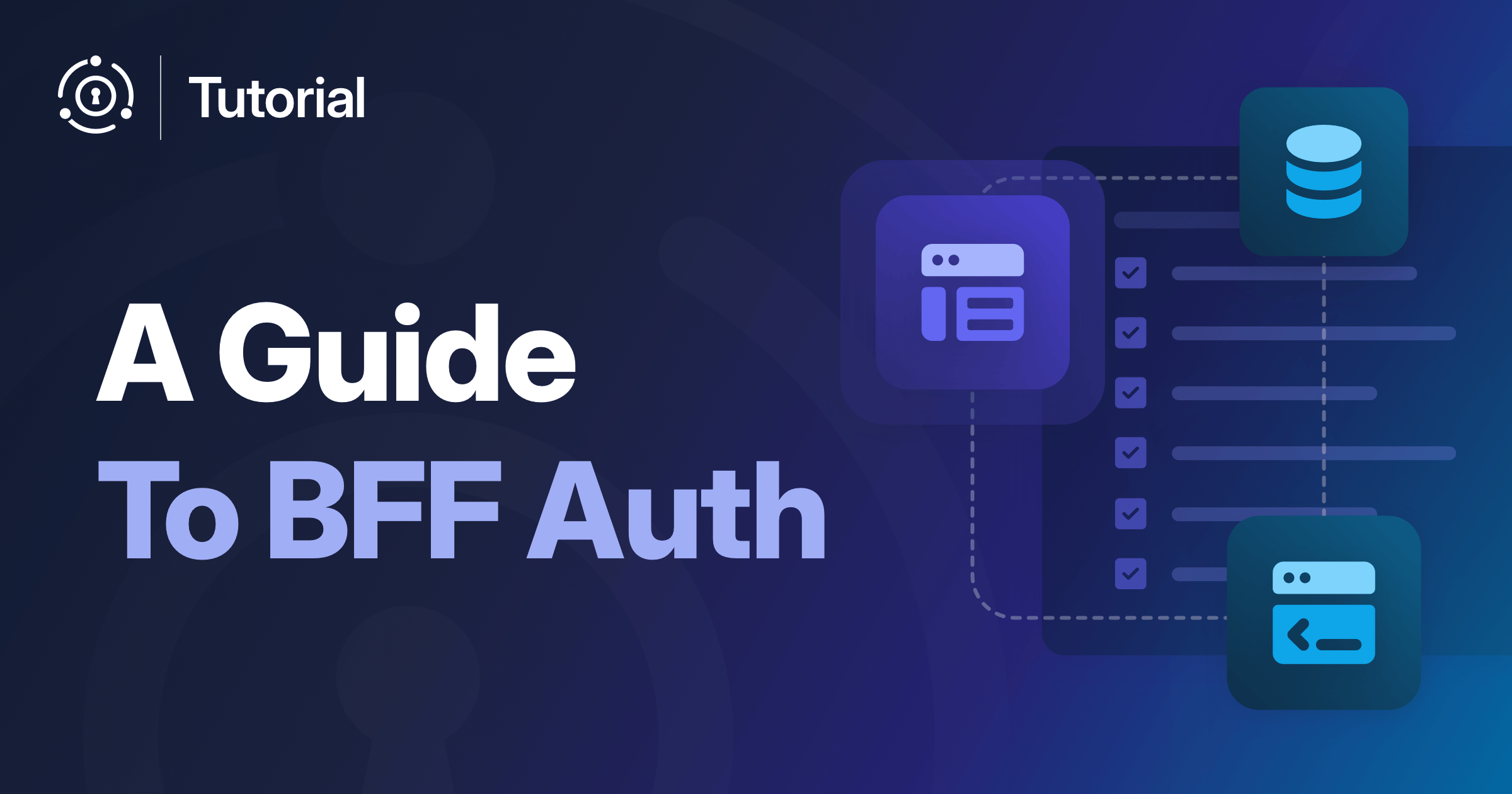
Backend For Frontend Authentication in FusionAuth
This article discusses the dangers of storing OAuth tokens in the browser or on a client-side device – a common pattern in serverless architectures like...
June 30, 2025
Tags

This article discusses the dangers of storing OAuth tokens in the browser or on a client-side device – a common pattern in serverless architectures like...
June 30, 2025
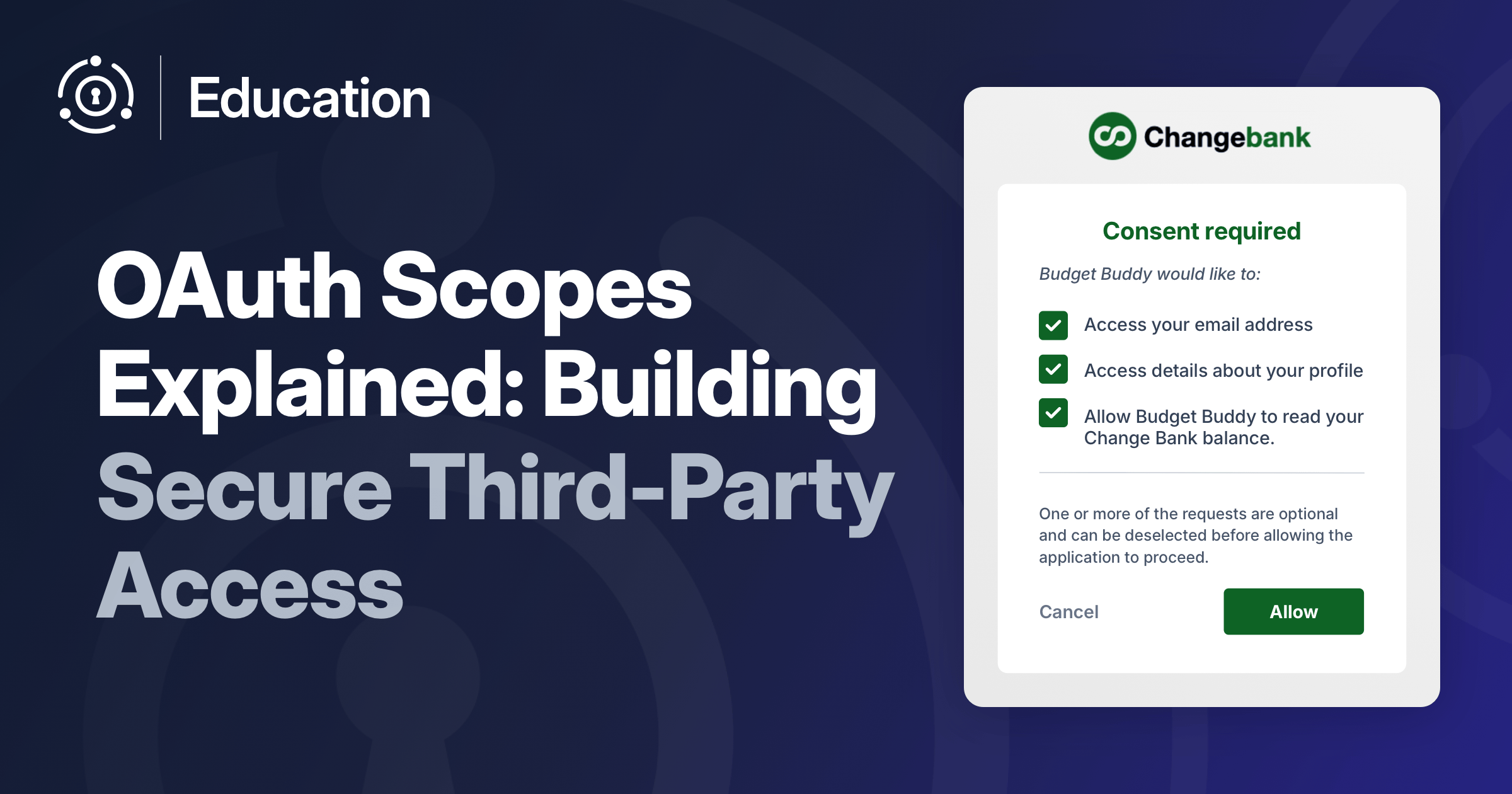
OAuth scopes allow your users to grant permission to data held by you to third-party applications. As APIs become more common, and especially with the growth...
May 19, 2025
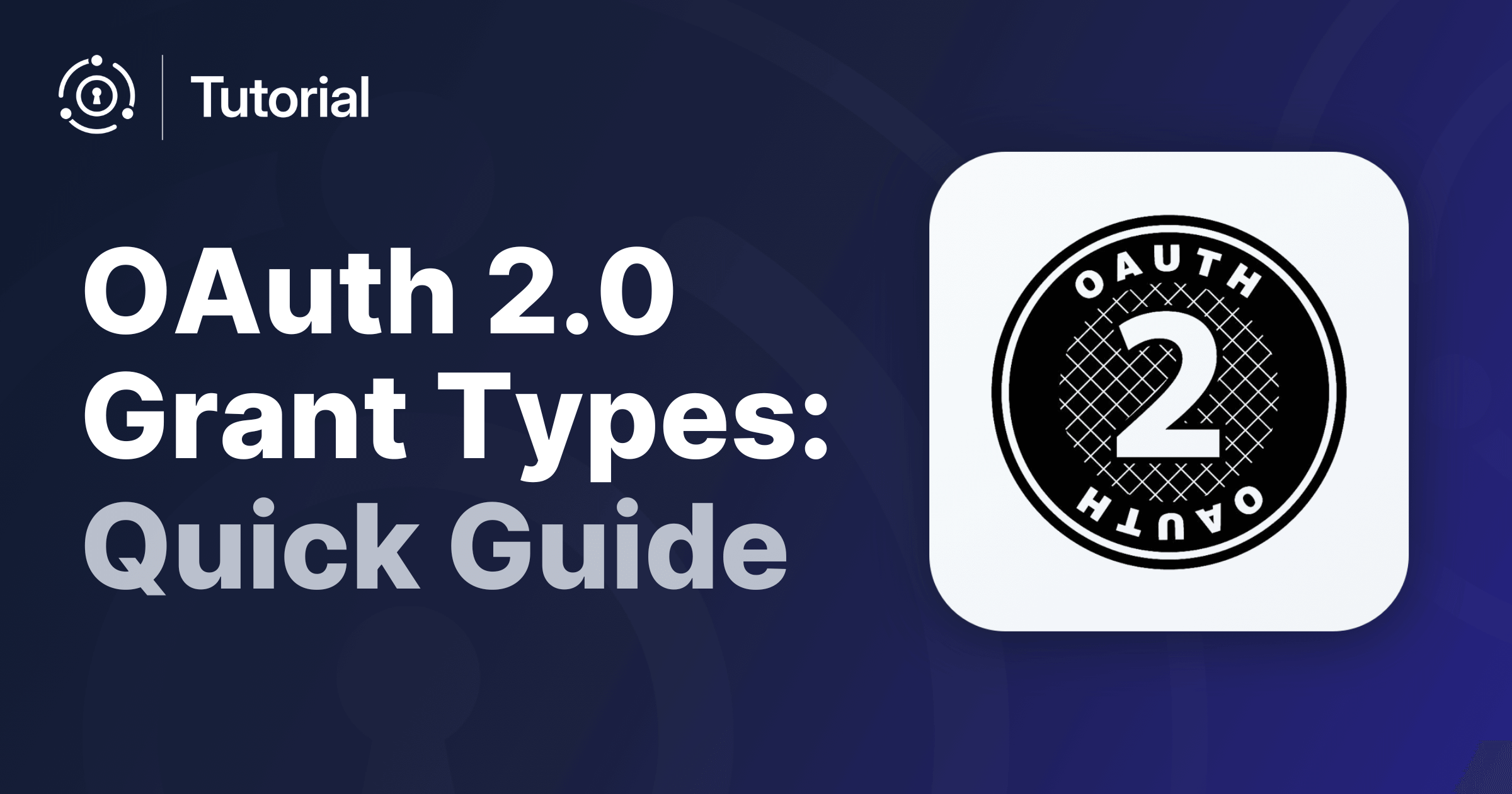
In this blog post we’ll cover the most common grant types used in OAuth 2.0 to ensure security for your applications. What is OAuth 2.0? OAuth 2.0 is a...
April 10, 2025

FusionAuth, the leading Customer Identity and Access Management (CIAM) solution provider, today announced record-breaking revenue growth, extensive product...
January 14, 2025

In this video, you will be guided through the intricacies of the Authorization Code Grant flow using FusionAuth's sandbox environment. This simple example aims...
September 10, 2024
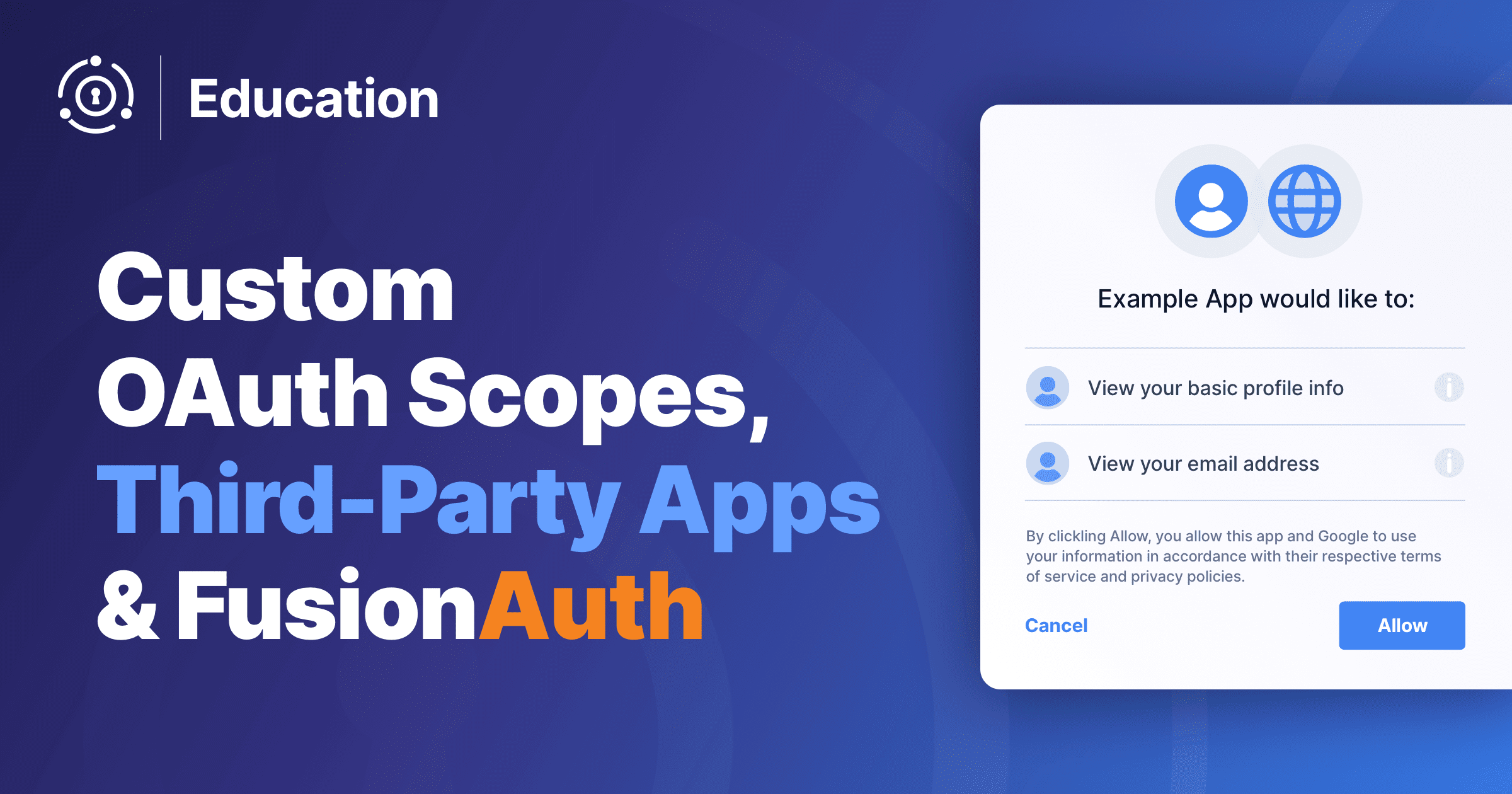
What are third-party applications and custom scopes? How would I implement OAuth scopes using FusionAuth?
May 3, 2024
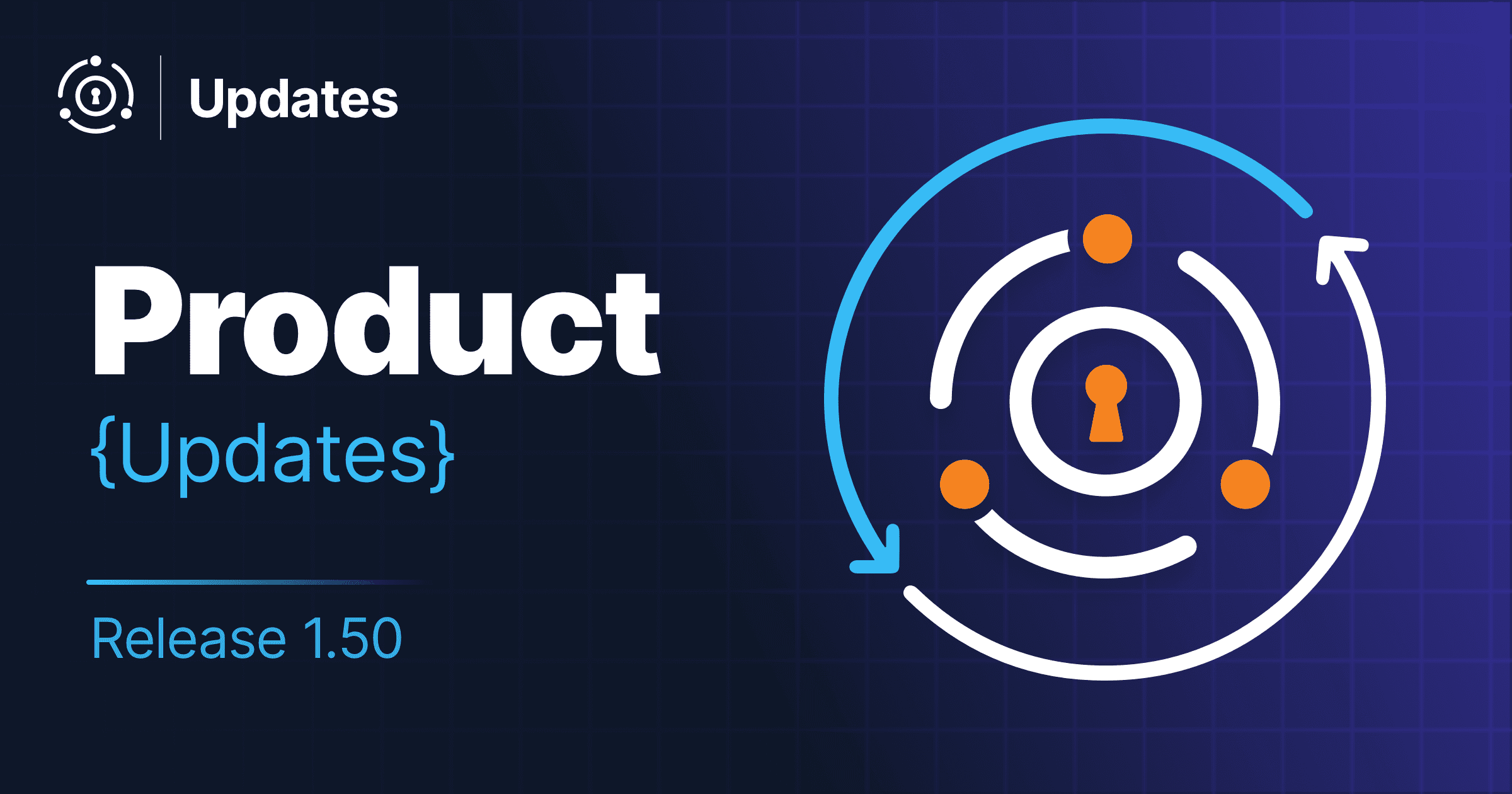
FusionAuth versions 1.50.0 and 1.50.1 shipped in late April, 2024. These versions include OAuth scopes support, a UserInfo lambda, an easier setup screen, and...
April 25, 2024
Showing 1 to 7 of 34 results
Get updates on techniques, technical guides, and the latest product innovations coming from FusionAuth.
Just dev stuff. No junk.